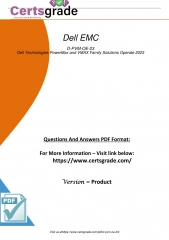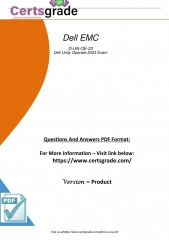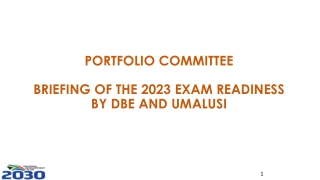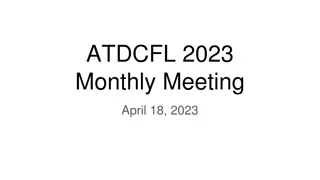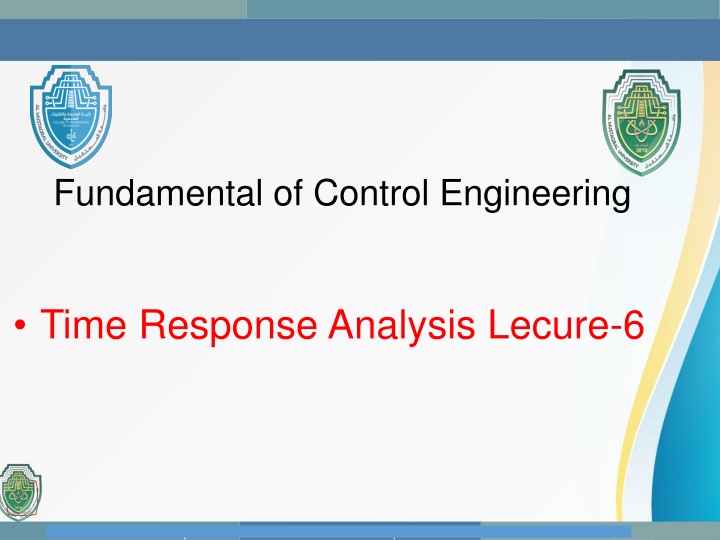
Control Engineering Time Response Analysis Lecture
Learn about the fundamental concepts of time response analysis in control engineering, including deriving mathematical models, performance comparison, test input signals, system stability, poles and zeros definition, and dynamic response effects. Explore practical examples and understand the implications of pole locations on system response.
Download Presentation

Please find below an Image/Link to download the presentation.
The content on the website is provided AS IS for your information and personal use only. It may not be sold, licensed, or shared on other websites without obtaining consent from the author. If you encounter any issues during the download, it is possible that the publisher has removed the file from their server.
You are allowed to download the files provided on this website for personal or commercial use, subject to the condition that they are used lawfully. All files are the property of their respective owners.
The content on the website is provided AS IS for your information and personal use only. It may not be sold, licensed, or shared on other websites without obtaining consent from the author.
E N D
Presentation Transcript
Fundamental of Control Engineering Time Response Analysis Lecure-6 President University Erwin Sitompul FCS 2/1
Time Response Analysis 1- First step in analysing any control systems is to derive its mathematical model. 2- In analyzing and designing any control system we must have a basis of performance comparison with different control systems 3- This basis may be setup by specifying particular test input signals and by comparing the responses of various control systems to these input signals. 4- System is effected by changing the input test signal or its initial conditions. President University 5 Erwin Sitompul FCS 2/2
Time Response Analysis 5- Typical test signals which commonly used in testing are of the type of: -Step functions - Ramp function - Impulse functions and Sinusoidal functions. 6- Time response analysis can be performed only for stable systems. 7- Time response of any system consists from Transient response and steady- state response. 8- Stability and steady state error are the most important characteristics in any control system. President University Erwin Sitompul FCS 2/3
Definition of Pole and Zero Consider the transfer function F(s): Numerator polynomial Denominator polynomial ( ) ( ) ( ) ( ) Y s U s B s A s = = ( ) ( ) F s F s The system response is given by: ( ) ( ) B s A s = = ( ) ( ) ( ) F s U s ( ) Y s U s The poles are the values of s for which the denominator A(s) = 0. The zeros are the values of s for which the numerator B(s) = 0. President University Erwin Sitompul FCS 2/4
Chapter 3 Dynamic Response Effect of Pole Locations Consider the transfer function F(s): 1 + ( ) ( ) 1 + Y s U s = = = ( ) ( ) ( ) Y s U s H s s s A form of first-order transfer function The impulse response will be an exponential function: ( ) 1( ) y t e t = How? t When >0, the pole is located at s < 0, The exponential expression y(t) decays. Impulse response is stable. When <0, the pole is located at s > 0, The exponential expression y(t) grows with time. Impulse response is referred to as unstable. President University Erwin Sitompul FCS 2/5
Chapter 3 Dynamic Response Effect of Pole Locations Example: Find the impulse response of H(s), + + + 2 + 1 + 2 1)( + 1 + s s 1 3 + = = = + ( ) H s PFE ( 2 3 2 2) s s s s 1 2 s s 2 2 t 1 + 3 1 + 1.5 = + 1 1 L L ( ) 3 h t 1 1 2 s s ( ) h t 0.5 = + ) 1( ) t ( ) ( h t e e t 0 -0.5 0 1 2 3 4 Time (sec) The terms e tand e 2t, which are stable, are determined by the poles at s = 1 and 2. This is true for more complicated cases as well. In general, the response of a transfer function is determined by the locations of its poles. President University Erwin Sitompul FCS 2/6
Chapter 3 Dynamic Response Effect of Pole Locations Time function of impulse response assosiated with the pole location in s-plane LHP RHP LHP RHP : left half-plane : right half-plane President University Erwin Sitompul FCS 2/7





